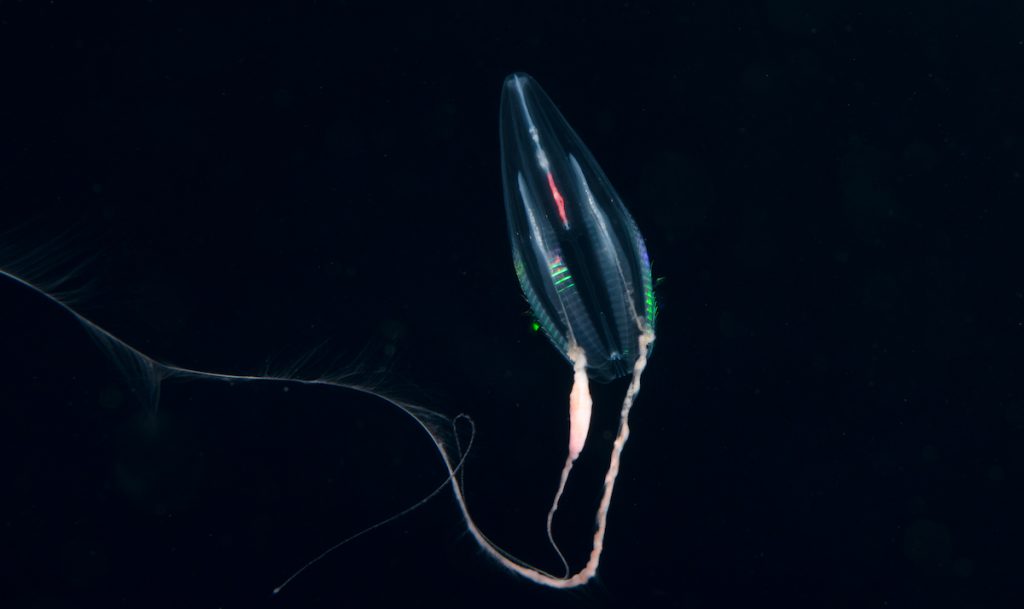Chasing Ocean ‘Snowflakes’: New devices measure particles with key role in climate change March 13, 2019
By Véronique LaCapra :: Originally published online March 7, 2019
Below the ocean’s surface, sunlight quickly grows dim. But if you could shine a flashlight through the watery darkness, you might find yourself in an unexpected blizzard: a tempest of tiny underwater particles known as marine snow.
That “snow” isn’t snow at all. Each tiny “flake” is a clump of marine detritus: dead microscopic animals called plankton, fecal pellets (poop), bacteria, and other carbon-rich particles that together provide a rich source of food for deep-sea fish, jellies, and crustaceans.
“All those animals have to survive on carbon, just like we do,” said Ken Buesseler, a geochemist at Woods Hole Oceanographic Institution who studies marine snow. And beyond its role in the food web, he says, marine snow also plays a key part in regulating global climate.







